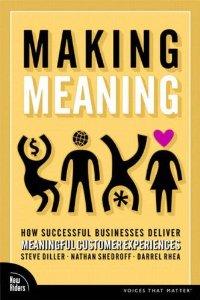On: "4 Essential Ingredients in Consumer Storytelling"
We share this article by Diane Hessan because businesses that use narrative to communicate consumer stories can create real meaning for employees and decision makers, inspiring them to action by altering perceptions and assumptions. Storytelling is a synthesis of all sources of customer information, not just one person’s account, however inspiring, and offers insights to help businesses move in the right direction.
In the inc. article, “4 Essential Ingredients in Consumer Storytelling,” the author outlines four key ingredients for creating consumer stories that resonate:
- Get personal and build relationships.
- Plan deliberately and explore from different angles.
- Use human intuition to find the story that matters.
- Evoke emotions that inspire action.
Read more about these ingredients now.
What actions have you been inspired to take as a result of consumer narratives?
Comment below! Or pose a question via Ask Mariposa.
MORE
